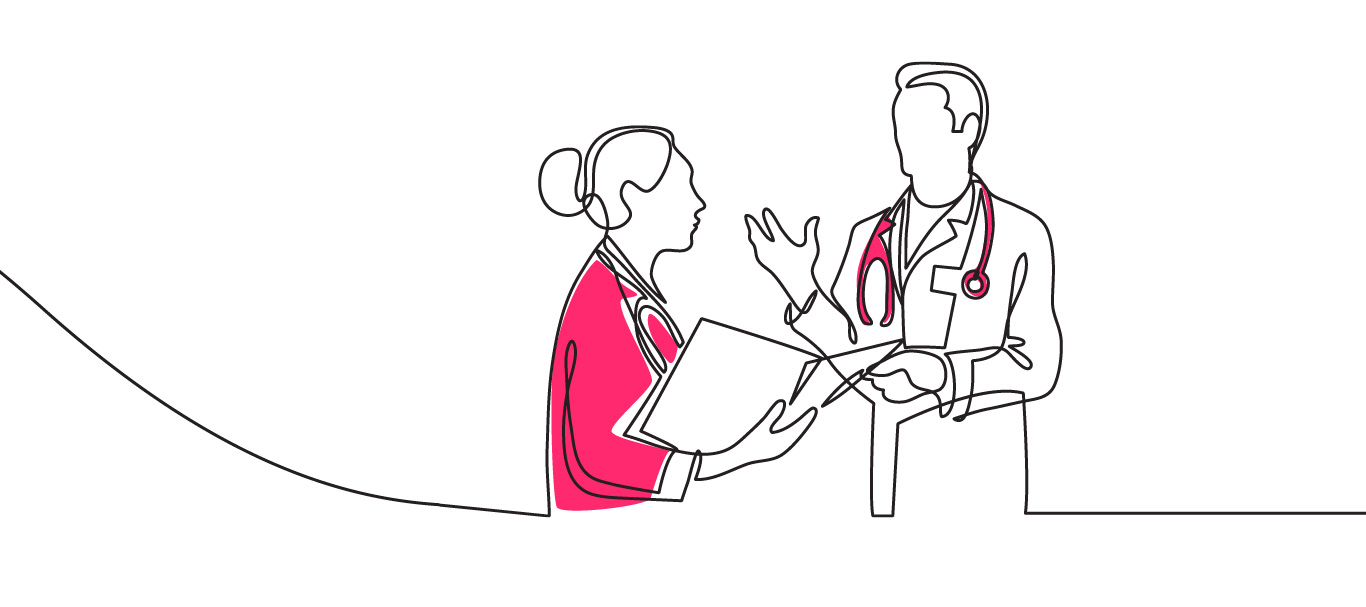Results
Sentara worked with ContineoHealth, a healthcare technology consulting firm that specializes in EHR implementation, to get more info and ultimately to get licenses of the Silk Cloud DB Virtualization Platform.
With Silk, Sentara was able to achieve 3x faster performance than what they would have seen through native cloud alone. And with 2:1 data compression, Sentara’s advanced EHR and Cloud teams were able to reduce the number of Azure resources it uses, helping to cut their cloud costs by up to 20%.
Meanwhile, Silk’s enterprise data services made it possible for the Sentara team to take a snapshot of the database every night and mount it to two other SQL Server hosts as the reporting environment went into ETL. This helped the team reduce downtime from 7-10 hours per night to less than 15 minutes, giving end-users nearly 24/7 access to their data.
Overall, Sentara was thrilled with the introduction of Silk to its stack. “The performance with Silk on Azure could not be met by any other cloud solution for our most intense workloads, including our EHR,” said Matt Douglas, Chief Architect, Sentara. “Silk and Azure are a powerful combination for complex workloads on the cloud.”


